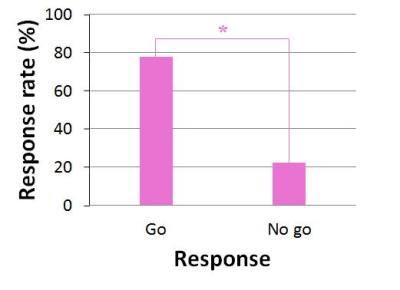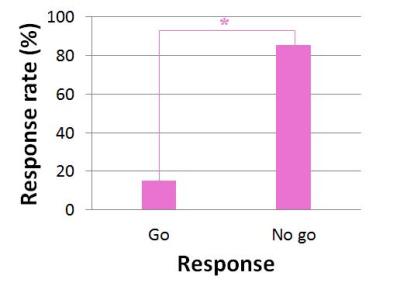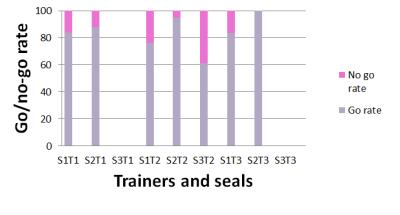Results
When the pinger sounds were played the go rate was significantly higher than the no-go rate. Looking at this it could just be coincidence, that the seals were swiming back and forth all the time. But if we look at the response when there was no sound there is a significantly higher no-go rate than go rate. This could indiciate that the procedure does work and could be used. What also influenced the response of the seals was the trainer-seal interaction. This could be due to skewed data. The skewedness could probably come from the fact that seal nr.3 was only paired up with trainer nr.2, and trainer nr.1 was only present during one of the recorded pinger sessions.



Responsible for this page:
Director of undergraduate studies Biology
Last updated:
